In the Caribbean region, The Bahamas and Belize have been two leaders in marine conservation. One of the main conservation tools used in both countries is the development of a network of marine protected areas. Marine protected areas go by many names and may be designated as a park, fishery reserve, sanctuary or other area. In The Bahamas, examples of marine protected areas include the Westside Andros National Park and the Exuma Cays Land and Sea Park; in Belize, the Hol Chan Marine reserve and Glover’s Reef Marine reserve are two examples of marine protected areas.
In The Bahamas rapid ecological assessments and preliminary public meetings were conducted during late 2013. Dr. Dahlgren led one of the rapid ecological assessments in the Joulter Cays with the support of the Blue Project in partnership with The Nature Conservancy, Bahamas national Trust and Atlantis Resort. This assessment examined the health of coral reef and reef fish communities throughout the Joulter cays north of Andros. While many reefs were in poor condition, several had relatively healthy stands of endangered coral species and healthy fish populations. Data from additional rapid ecological assessments conducted by The Bahamas National Trust from parts of Abaco and Grand Bahama were also analyzed by Dr. Dahlgren, and reports on these areas were submitted along with that of the Joulter Cays to the Government of the Bahamas for consideration in an expansion of the Bahamas network of marine protected areas. In March a proposal for creating the Andros Joulter Cays National Park was submitted to the Government of The Bahamas.
In Belize, most marine protected areas are zoned to allow different uses in different parts of the protected area, with ‘Replenishment Zones’ being some of the most protective zones in which all uses that extract marine resources from the sea are prohibited. At present, these zones comprise 3% of Belize’s territorial waters, but there is currently an effort to expand the area encompassed in replenishment zones to include 10% of territorial waters within the next year.
This effort is being led by the Wildlife Conservation society in Belize with the assistance of Dr. Craig Dahlgren. Dr. Dahlgren has been contracted to conduct a large-scale review of the benefits of Replenishment zones (also called no-take zones) around the world, and to review data from Belize and other parts of the Caribbean region to find examples of benefits to local species. For the past six months, Dr. Dahlgren has worked with Belize Department of Fisheries staff, organizations responsible for co-management of marine protected areas, researchers, and conservation organizations to build the case for replenishment zones to protect key species, improve health of coral reefs and other ecosystems, and improve the livelihoods of people that depend on the sea for food and income. The final draft of Dr. Dahlgren’s report, submitted in February 2014 will be made available to the public and key findings will be used in a media campaign to build support for the Replenishment Zone expansion in the spring and summer of 2014.

